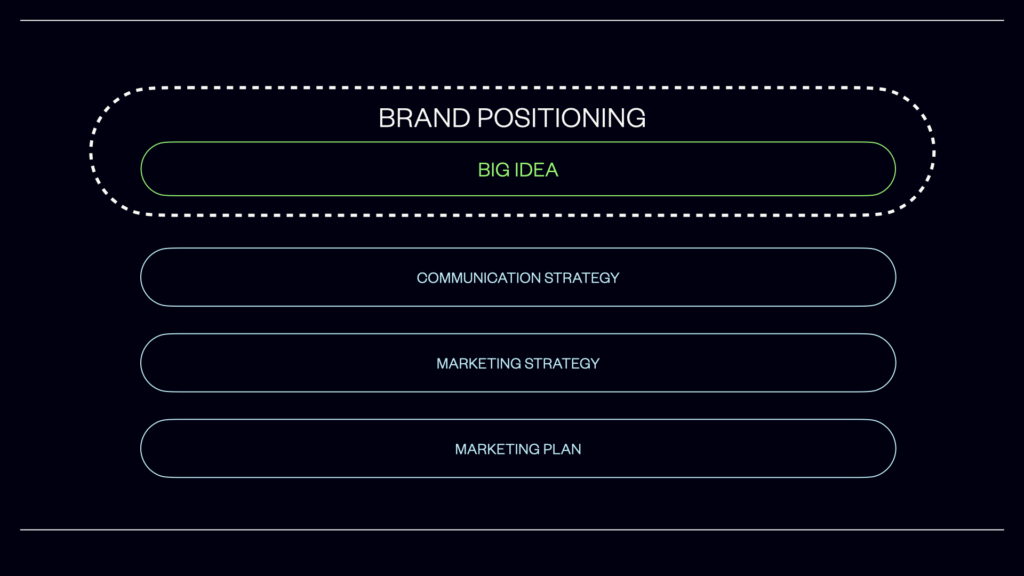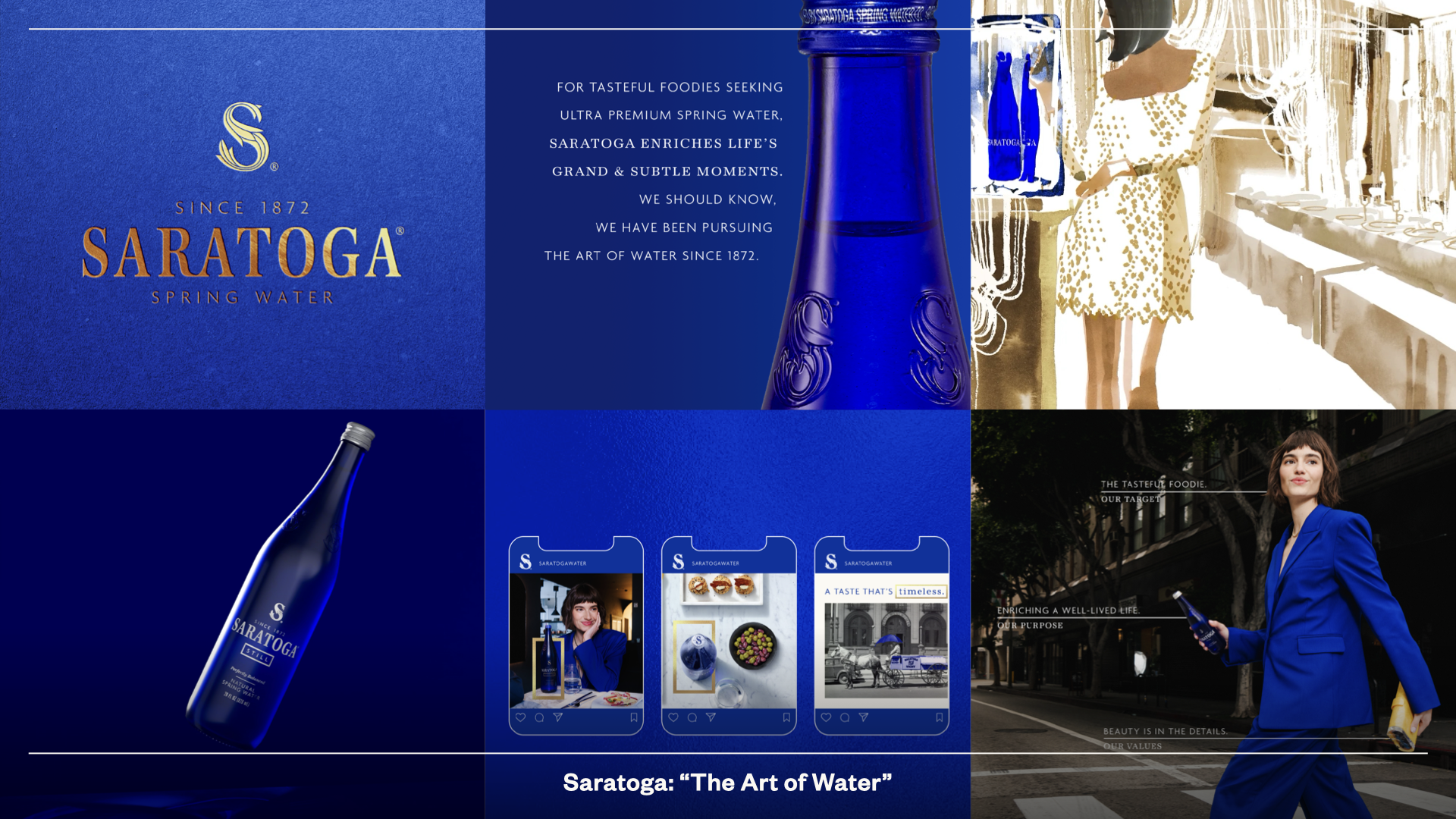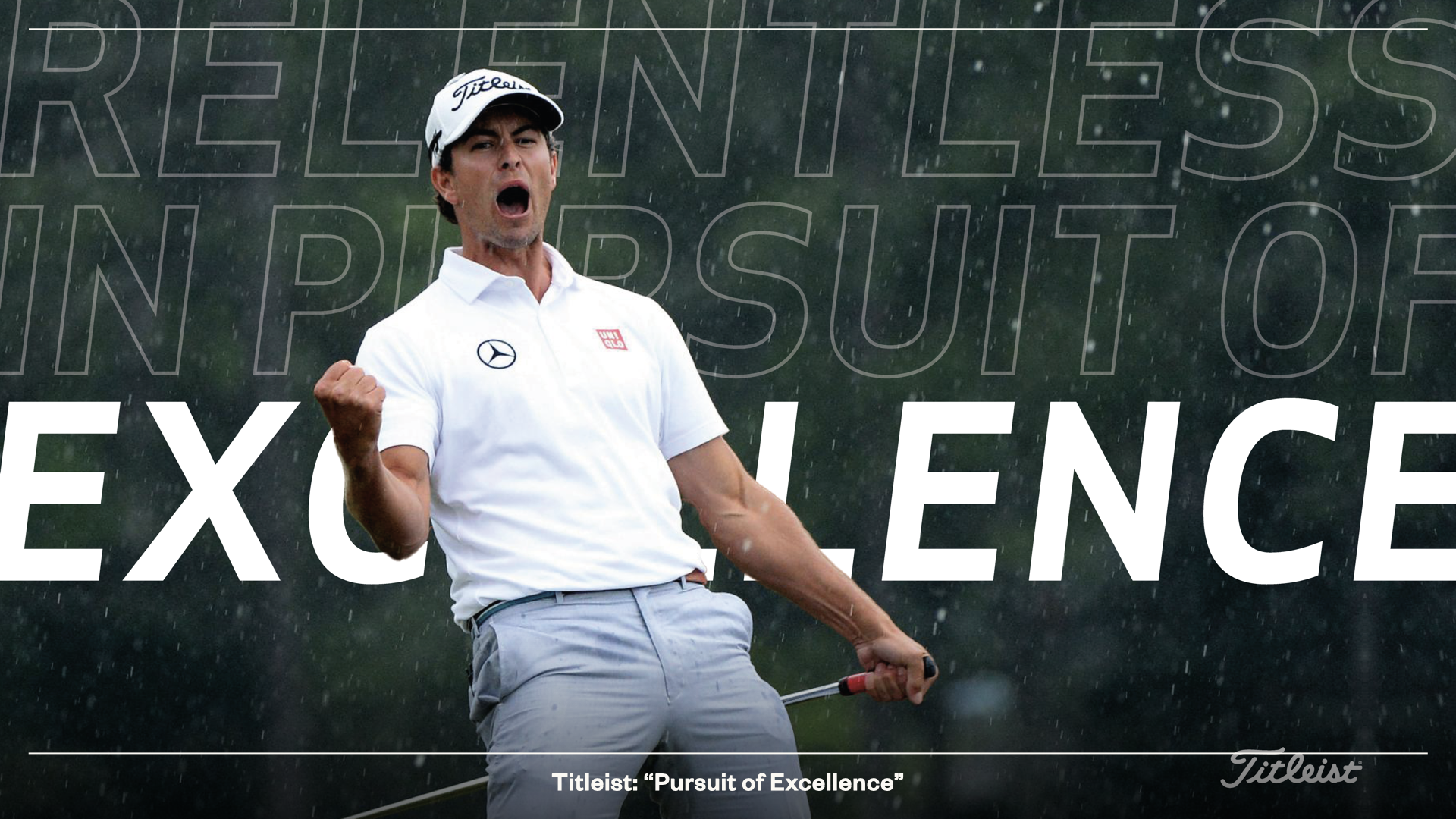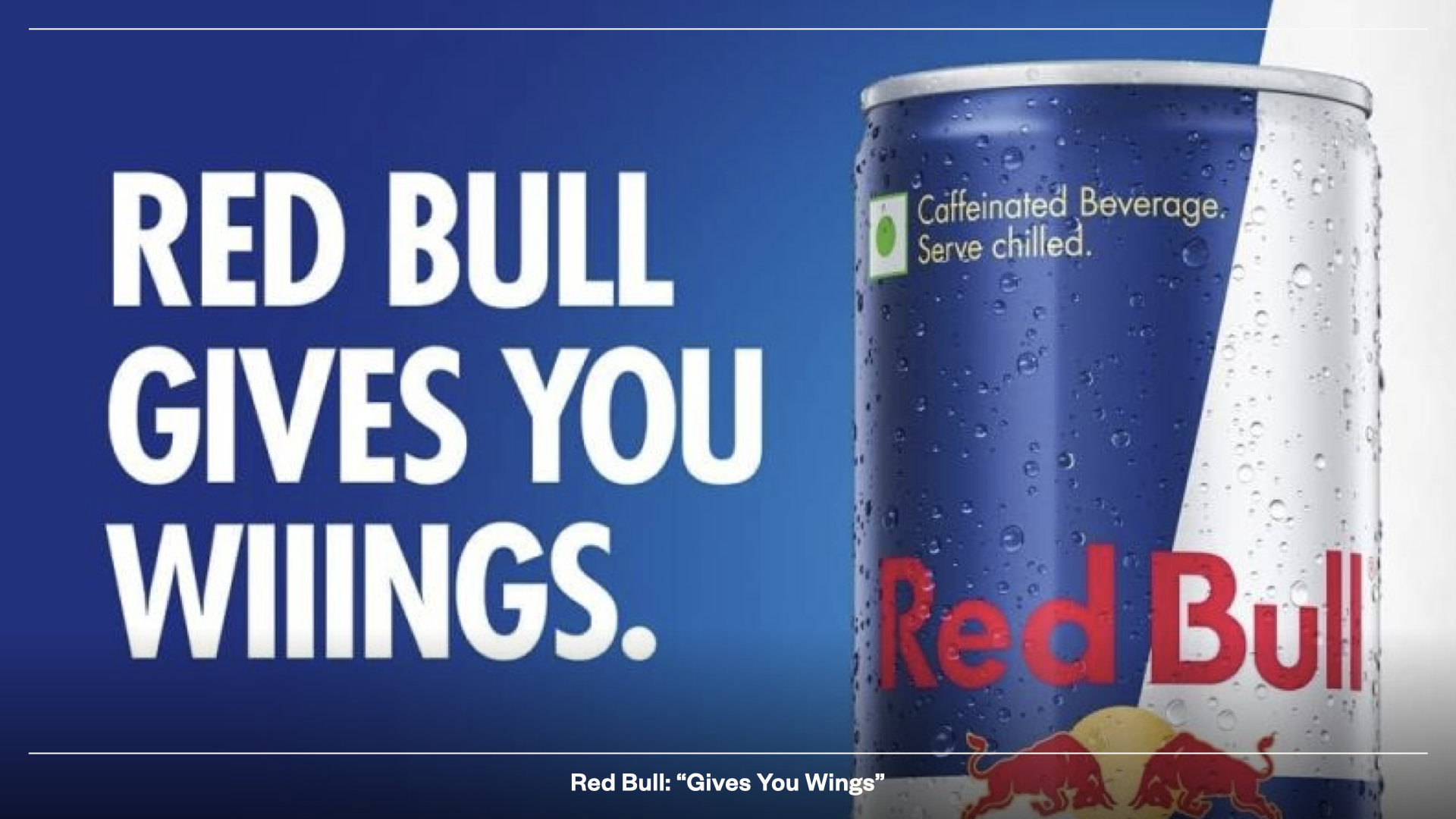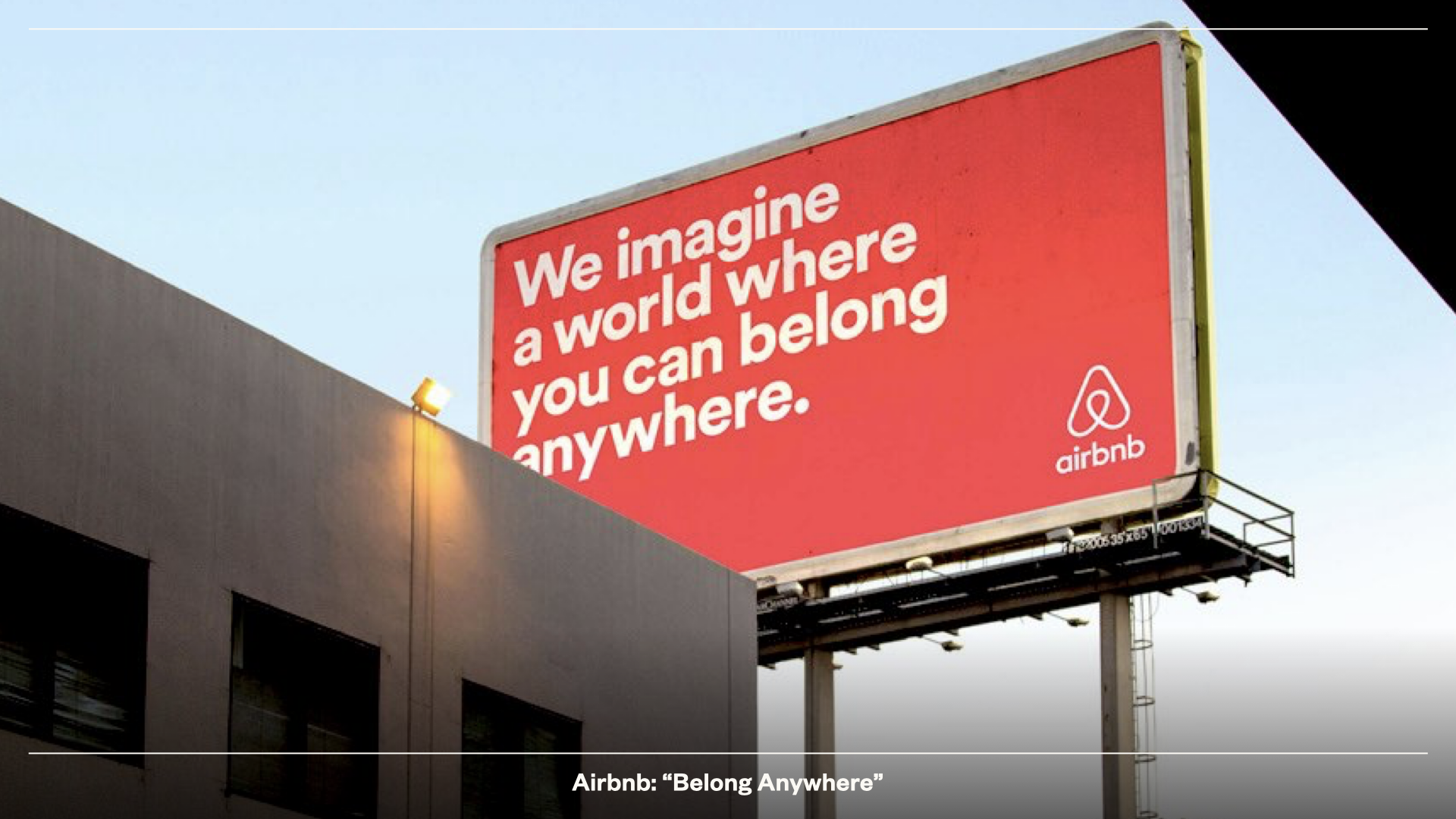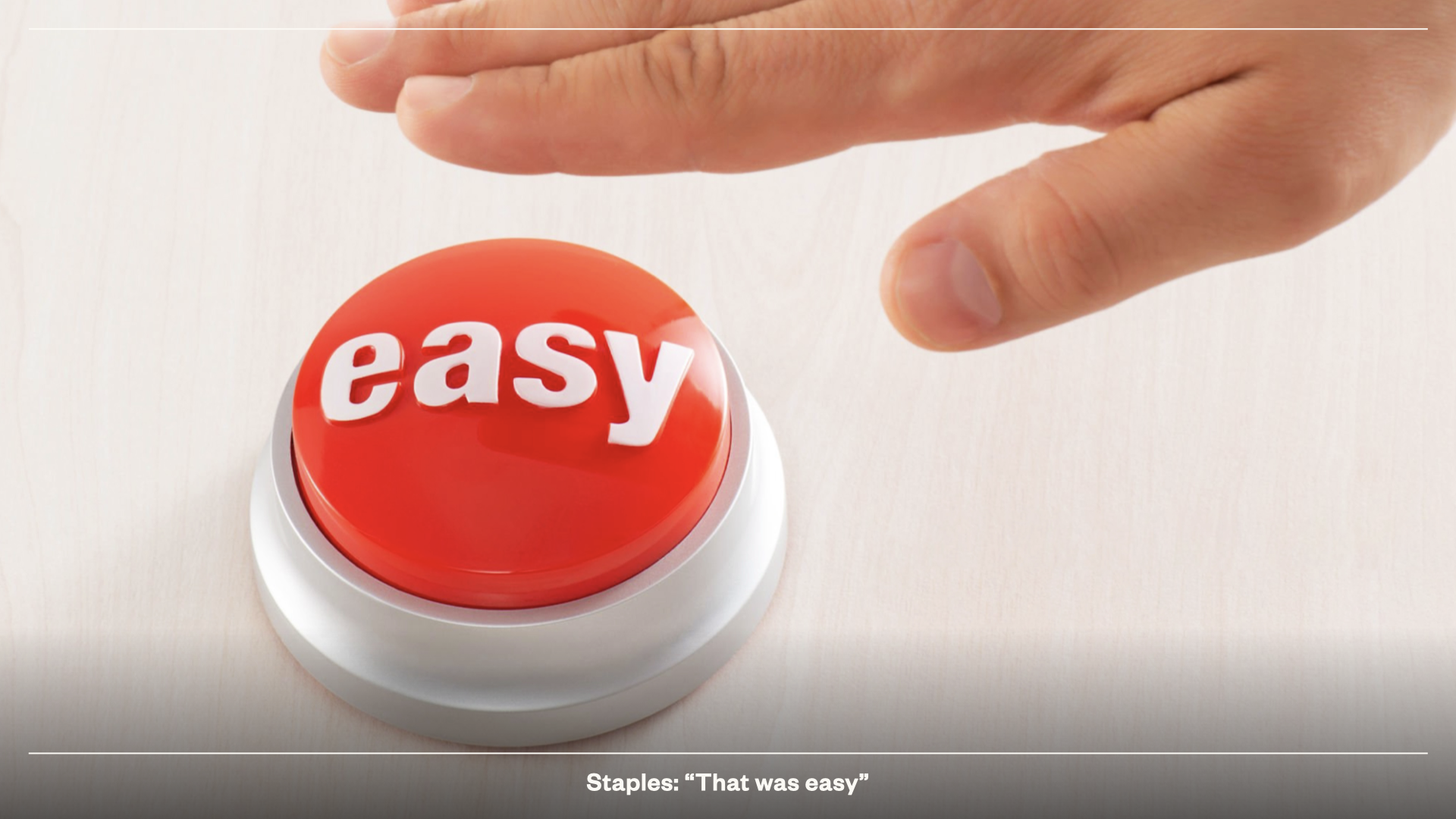In today’s saturated media landscape—where attention spans are vanishing and marketing budgets are shrinking—the brands winning hearts and wallets aren’t just the loudest or most visible. They’re the ones with a Big Idea.
A Big Idea isn’t just a tagline or a fleeting campaign—it’s a long-term creative platform. It’s a conceptual anchor that brings a brand’s promise to life in a way that’s culturally relevant, emotionally resonant and adaptable across touchpoints. At LPK, we build Big Ideas that function as the narrative engine behind enduring brand storytelling.
Why Big Ideas Matter More Than Ever
Marketing budgets have steadily declined—30% over the past five years, according to Gartner—yet expectations for impact remain high. At the same time, the complexity of reaching today’s consumer has increased dramatically. TikTok has become a cultural barometer, AI chat interfaces are reshaping discovery and niche platforms like Discord and Substack are defining new rules of community engagement. Brands now compete not just for market share, but for mental bandwidth in an era where the average attention span is under 8 seconds.
This fragmentation demands that brands stand for something bigger. That they move beyond transactional messaging and into narrative territory. A Big Idea rises above the noise because it taps into the deep truths and cultural tensions consumers care about. It becomes a strategic North Star that guides creative expression with clarity and consistency—across campaigns, across years.
What Makes a Big Idea “Big”?
At its core, a Big Idea is the meeting point between brand benefit and cultural tension. It solves a business challenge while simultaneously resonating with the emotional and social realities of the audience. It’s what turns “a brand that sells sparkling water” into “an icon of originality” or reframes “an office supply chain” into “the effortless solution to modern work.”
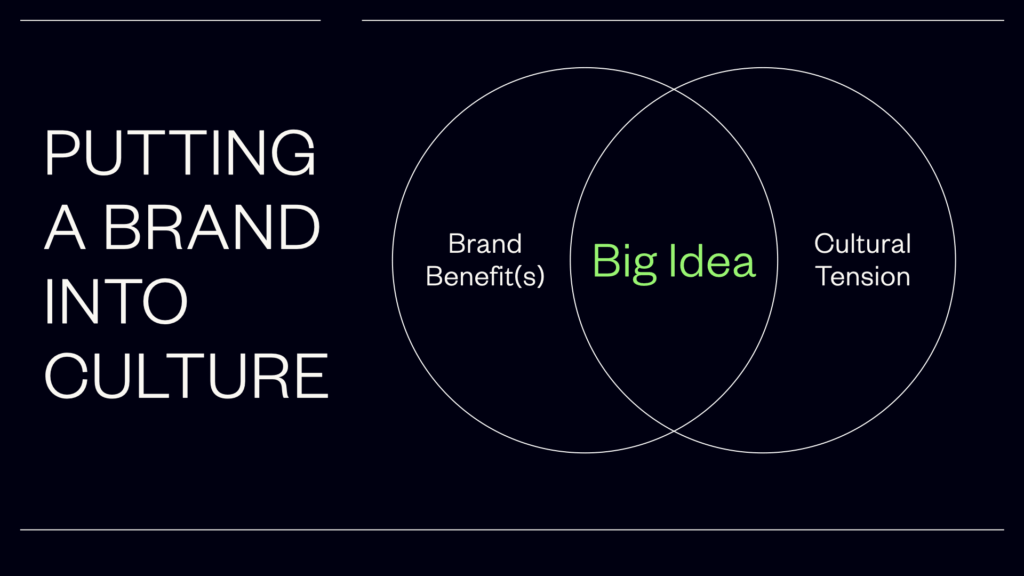
Creative Principles of a Big Idea
To be truly effective, a Big Idea must meet a specific set of creative criteria—principles that ensure it’s not only attention-grabbing, but also meaningful, durable and built to scale.
- Simplicity: It must be immediately understandable. Complexity is the enemy of clarity.
- Emotional Resonance: A great idea stirs something—hope, defiance, pride and joy.
- Truth-Based + Tension-Driven: It grounds itself in real human or cultural tensions.
- Longevity: It should endure beyond a single campaign, inspiring work for 3–5 years or more.
- Relevance + Room to Grow: It must matter to the audience and stretch across markets, products and formats.
This is not just creative polish—it’s strategic rigor. Big Ideas must articulate a clear POV, embody a distinct voice and create a visual and verbal world that’s unmistakably ownable.
Understanding the 4Cs: A Proven Approach to Brand Clarity
Creating a Big Idea isn’t magic—it’s methodology. We use a framework called the 4Cs: Consumer, Category, Culture and Company.
We start with the Consumer, uncovering what drives them emotionally and instinctively. Then we look at the Category to identify competitive noise, gaps and opportunities. From there, we explore Culture—the shifts and signals shaping your audience’s worldview. Finally, we assess the Company to pinpoint what’s authentic to your brand and where you can lead with confidence.
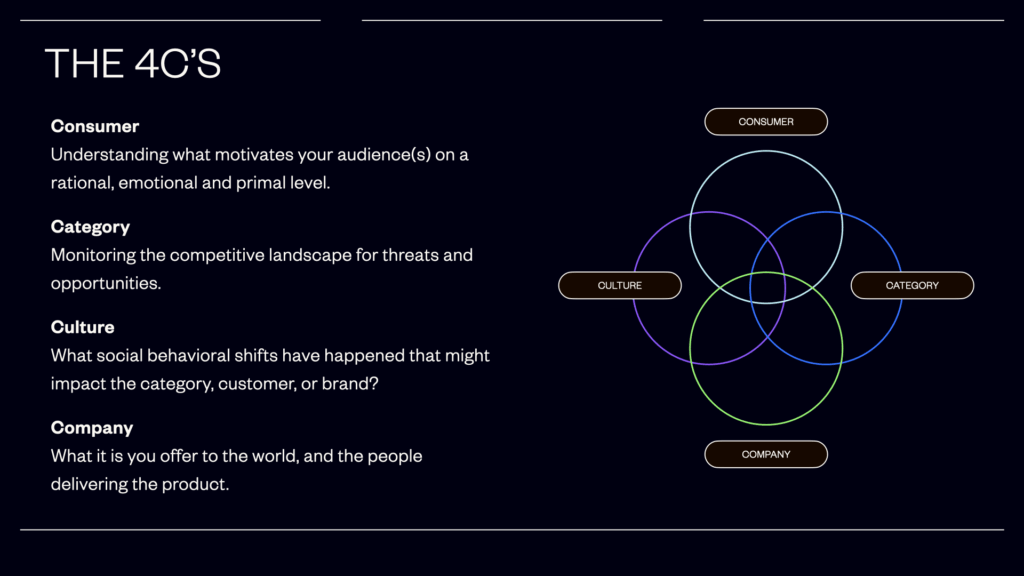
Together, these perspectives reveal the deep truths and tensions that fuel distinctive, actionable ideas.
Building the Creative Engine
Brand positioning defines what a brand stands for—its core promise, values and role in the world. It’s stable, foundational and rarely changed. A Big Idea, by contrast, is how you dramatize that positioning in a way that connects culturally and emotionally. It’s the expressive layer that turns strategy into story.
Once insights are in place, the process shifts to creative development—distilling learnings into briefs, exploring narrative territories and pressure-testing concepts for resonance and longevity. The goal is a fully realized creative ecosystem: voice, tone, visual identity and campaign assets that carry the idea across every touchpoint.
Big Ideas also fuel internal alignment. They give teams and partners a shared language, a common goal and an inspiring North Star. They help CMOs justify investment and inspire creative partners to push boundaries with consistency and courage.
Brands Who’ve Nailed It
Some of the world’s most iconic brands are powered by Big Ideas—platforms that resonate emotionally, evolve with culture and create long-term cohesion.
Take Saratoga, for example. LPK partnered with the brand to develop “The Art of Water,” a Big Idea that elevates Saratoga from simple hydration to a refined, expressive and ritualistic experience. It sits perfectly at the intersection of desired consumer aspirations, the brand’s unique strengths and meaningful cultural tension—transforming a premium water into something poetic.
Or consider Titleist, who also partnered with LPK to create the platform “Pursuit of Excellence.” This idea captures the soul of a brand beloved by serious golfers—one that has always embodied quality and performance, but needed a way to unify its growing portfolio under a cohesive narrative. The result is an idea that honors Titleist’s legacy while looking forward, tapping into the deep passion and ambition that drives its audience.
Here are a few more Big Ideas you might recognize—examples that have shaped how we think about brand storytelling:
- Red Bull: “Gives You Wings” – A metaphor for energy, ambition and limitless potential.
- Airbnb: “Belong Anywhere” – A reframing of travel as emotional connection and inclusion.
- Dove: “Real Beauty” – A truth-driven disruption of the beauty industry.
- Staples: “That Was Easy” – A masterclass in simplicity, turning a complex retail experience into an instantly recognizable brand promise.
What they all have in common: simplicity, emotional pull, distinctiveness and the ability to evolve without losing their core.
Making Big Ideas Work in 2025 and Beyond
In an era defined by speed, saturation and skepticism, brand value increasingly lies in meaning—not just reach. Brands that operate without a Big Idea risk creating fragmented campaigns, inconsistent tone and diminishing returns. They chase short-term attention while sacrificing long-term affinity.
But with a Big Idea, brands earn the right to show up consistently, boldly and meaningfully. They move from interruption to intention, from selling to storytelling, from noise to resonance.
Making this leap requires more than intuition—it takes discipline, empathy and creative courage. When deep insight meets bold imagination, the result isn’t just creative—it’s catalytic.
So ask yourself: What’s the Big Idea your brand is ready to stand for? The world is listening—but only if you give them something worth hearing.
The images included in this article are used under the fair use doctrine for commentary, criticism and educational purposes only. All rights to these images remain with their respective copyright holders.
ABOUT LPK
LPK applies insightful strategy and beautiful creativity to harness change—making momentum that grows brands and businesses.

